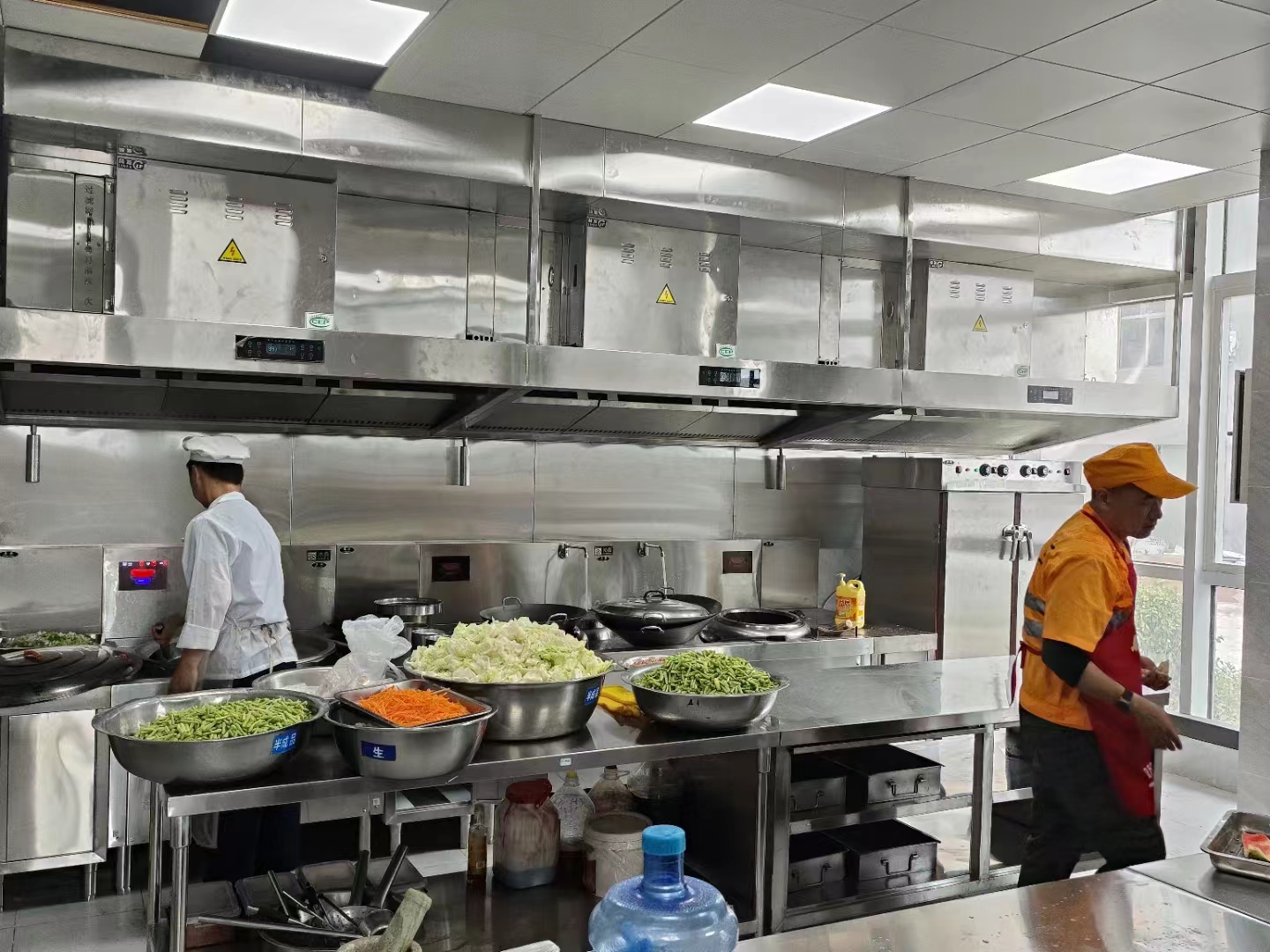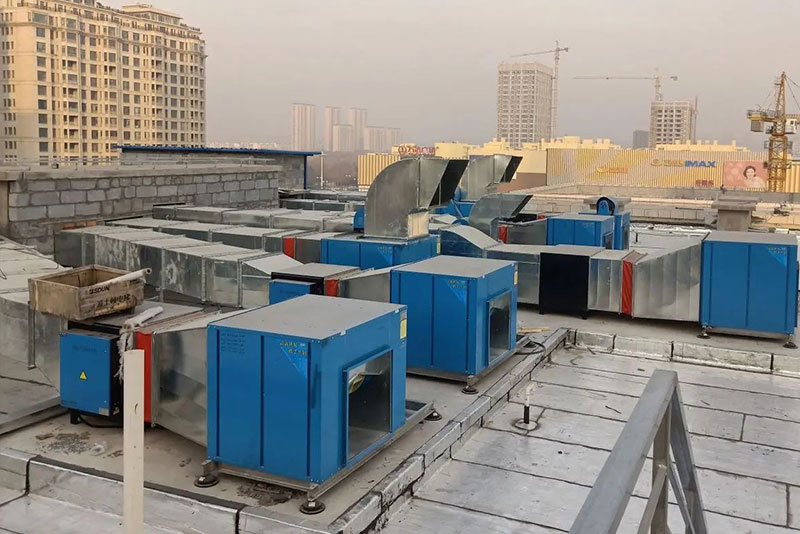The Purchasing Guide of Commercial Centrifugal Fan from Ventto Manufacturer
When you are in a commercial kitchen full of smoke, do you urgently need a centrifugal exhaust fan to blow away the smoke? Most chefs chose a resounding yes, but some restaurateurs fled outside for fresh air. Centrifugal exhaust fans have gained supreme status at this moment.
I need you to consider a few questions to understand the function and working principle of the exhaust centrifugal fan. What is a commercial kitchen centrifugal fan? Why does the kitchen need a centrifugal exhaust fan? How does the centrifugal exhaust fan discharge oil fumes to the outdoors? Please give yourself a 10-minute break to think about these questions.
What is a commercial centrifugal fan?
Before I answer this question, remember with me the electric fan in the bedroom. The construction of commercial centrifugal fans and household electric fans are roughly the same. They also have impellers, blades, and motors, but the difference lies in their size, appearance, and application location.
When you feel hot turn on the electric fan to get the cool breeze. Have you ever found that areas where the electric fan doesn't blow are still hot? At this time we can get a point: the electric fan generates cool wind through the high-speed rotating blades but does not transport the hot air to the outdoors. Its heat dissipation location is restrictive.
A commercial centrifugal fan is a relatively friendly ventilation equipment. It can extract hot indoor air from the outdoors or transport fresh outdoor air into the room. Some commercial centrifugal fans look like a snail. We call them centrifugal volute blower fans. Let's take a look at the photos of the centrifugal volute blower fan.
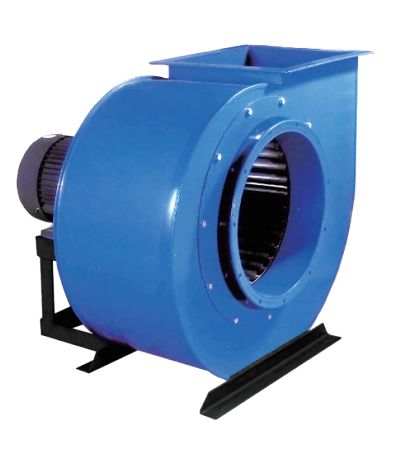
Why do we need centrifugal exhaust fans?
Is your factory filled with turbid air, dust, or floating lint? Is your commercial kitchen filled with hot air, food smells, and water vapor? Are your workers constantly complaining about the heat on the shop floor? Are you receiving a ticket from the Environmental Protection Department? Are you building a dust-free workshop or replacing an old ventilation system?
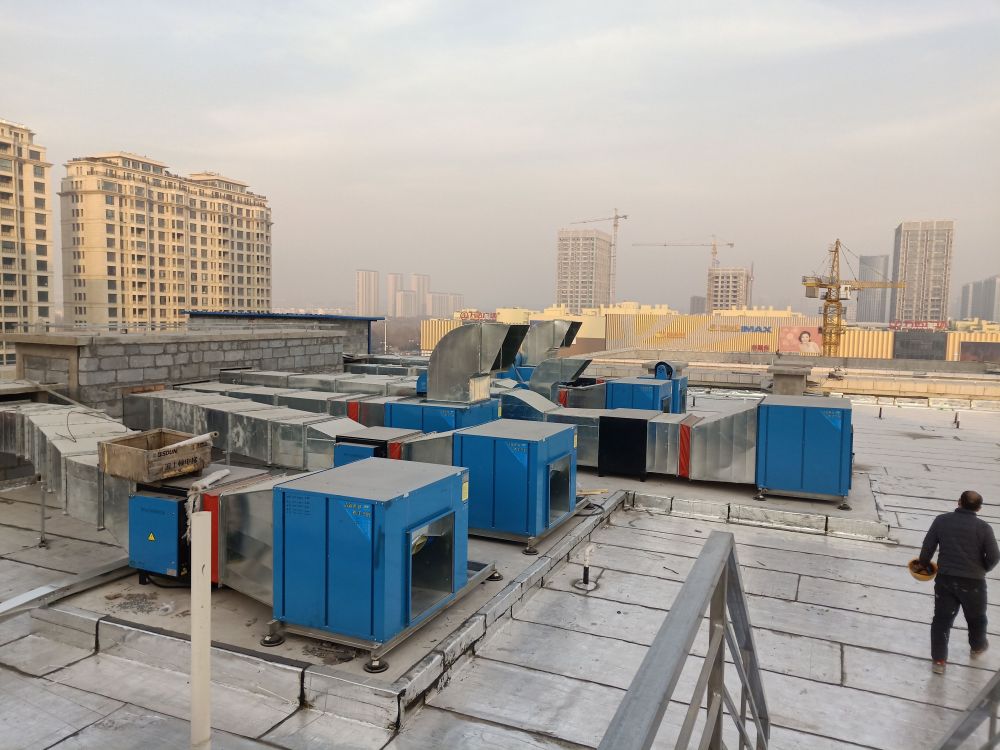
If you are experiencing one of these conditions, it is time to consider purchasing a commercial centrifugal exhaust fan. A commercial centrifugal exhaust fan is a professional ventilation equipment used to extract hot and dry air or deliver fresh air. It can quickly extract turbid air, dust, or other media to the outdoors to keep indoor air cool and clean.
How does the centrifugal exhaust fan discharge dust outdoors?
Think about your home’s air conditioning system, range hood, and basement exhaust fan. Their working principle is the same as that of commercial centrifugal exhaust fans. If this is hard to understand, recall that at a car wash, when your car is finished, a large fan will dry it in a matter of minutes. These fans are centrifugal fans. They can quickly drive the surrounding air to create a pressure difference. When the pressure difference remains stable, the surrounding air will continue to flow and dry your vehicle.
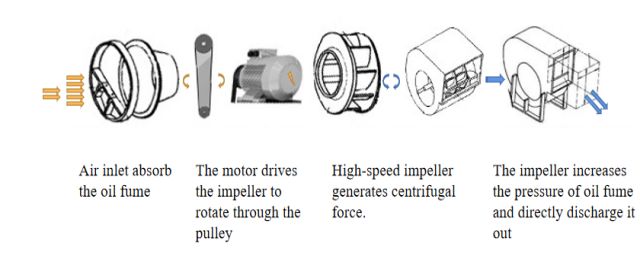
Let us imagine what changes the dust will undergo when it encounters the centrifugal exhaust fan. When the motor of the centrifugal exhaust fan operates, it will generate a strong adsorption force to suck dust into the volute. Impellers (blades) are evenly distributed in the volute. They rotate continuously and create a pressure difference (centrifugal force) with the surrounding air. These centrifugal forces drive dust outdoors.
How does a commercial centrifugal exhaust fan work? It drives the impeller to rotate through the motor and increases the speed and pressure of the discharged air outdoors.
Types of Commercial Centrifugal Exhaust Fans
When you walk into the Ventto commercial centrifugal fan factory. You will find different types of products. These products can be confusing and make it difficult to find the ventilator for your needs. Want to know what types of commercial centrifugal exhaust fans are available? Please follow the considerate Ventto to get the answer!
(1) According to the appearance of the centrifugal fan
If you browse Ventto's commercial centrifugal fan catalog, you will find that there are two types: cabinet centrifugal fan and centrifugal volute blower fan. The fan that looks like a volute is a centrifugal volute blower fan. Its exhaust volume is small. It is suitable for the exhaust systems of small commercial places, restaurants, and small factories.
A commercial cabinet centrifugal fan is a large ventilation equipment. It occupies more area, but the exhaust volume is more than twice that of the centrifugal volute blower fan. You can see it in chemical plants, large commercial kitchens, or hotels, where its capabilities are put to use.
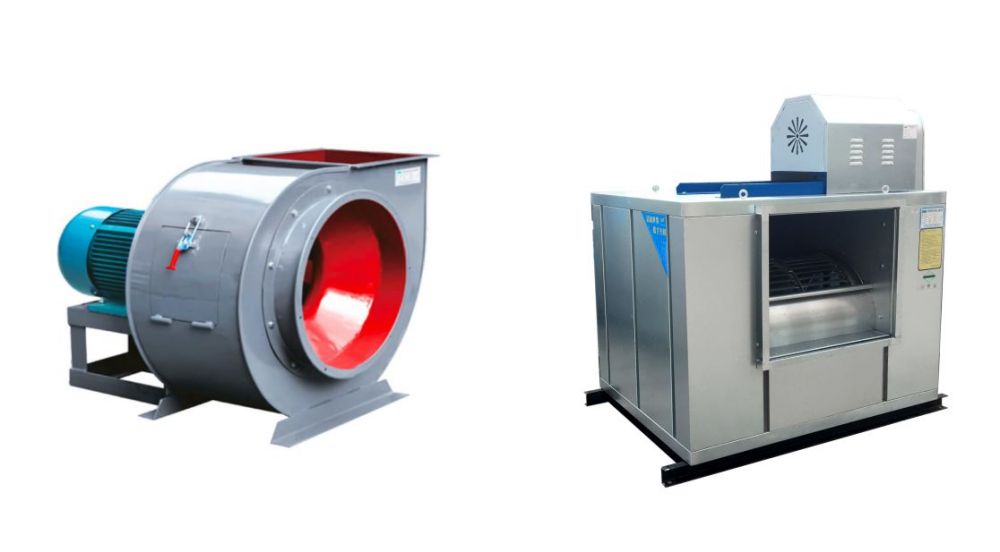
(2) According to the direction of the impeller
If you have time, please come to the Ventto factory to view the actual centrifugal exhaust fan. According to the different directions of the impeller, fans can be divided into the forward curved centrifugal fan, backward curved centrifugal fan, and radial centrifugal fan.
The impeller of the forward-curved centrifugal fan is vertically parallel. You can think of it like a drum (washing machine drum) with spacers. Its impeller outlet angle is >90°. At the same rotation speed, the pressure difference generated by the forward-inclined fan is higher than that of the backward-inclined fan. Under the same static pressure, the exhaust efficiency of a forward-inclined fan is lower than that of a backward-inclined fan. Forward forward-curved centrifugal fan is suitable for high-pressure environments.

The impeller of the Backward-curved centrifugal fan is inclined. You can think of it as the front and rear wheels of a tractor. Its impeller outlet angle is <90°. The exhaust efficiency based on a backward blade centrifugal fan is higher and consumes less electricity. It is suitable for medium-voltage environments.
(3) According to the application site or discharge medium
Some professional manufacturers will classify centrifugal fans in more detail according to different application sites or discharge mediums, such as ventilation and purification equipment specially designed for dust, oil fume, exhaust gas, and organic matter (VOCs). If you are purchasing a centrifugal fan for oil fume discharge in your restaurant. You can choose a special purification fan that can discharge oil fumes (temperature ≤80°C, dust, and particle hardness <150㎎/m³). Please contact the event manufacturer for more classification details or purchase requirements.
How do I choose a suitable commercial centrifugal exhaust fan?
After you have read the above content, you have learned which commercial centrifugal exhaust fan is more suitable for you. However, this knowledge is not enough to make perfect purchasing decisions. If you don’t want to waste more budget, please follow me to get more detailed purchasing tips for commercial centrifugal exhaust fans!
(1) Exhaust air volume
Among the purchasing factors of commercial centrifugal exhaust fans, exhaust volume is the core factor. The exhaust air volume corresponds to the discharge capacity of the centrifugal fan and is related to the amount of oil smoke produced in your restaurant. How to calculate the amount of cooking fumes produced in your restaurant?
First, calculate the exhaust air volume based on the number of frying stoves in the commercial kitchen. The amount of oil fume generated by each wok is approximately 2500 to 3000m³/h. Suppose you have Five woks in your kitchen, then 5*3000m³/h = 15000m³/h. It means you should purchase a commercial centrifugal exhaust fan with an exhaust capacity equal to 15000m³/h.
Second, calculate the exhaust volume based on the length of the exhaust hood. The oil fume storage capacity of each meter of exhaust hood is 2500 to 3000m³/h. Assume that your kitchen has a 5-meter exhaust hood, then 5*3000m³/h = 15000m³/h. It means you should purchase a commercial centrifugal exhaust fan with an exhaust capacity equal to 15000m³/h.
(2) Main air duct wind speed
The wind speed of the main air duct affects the operating costs and noise level of the ventilation system. Generally, the greater the wind speed of the main air duct, the greater the noise interference with the surrounding environment. Take a commercial kitchen as an example. The main air duct wind speed of a centrifugal exhaust fan dedicated to oil fumes is recommended to be 8 to 15m/s.
After strict static pressure and dynamic pressure balance correction, the impeller and belt of the Ventto commercial centrifugal exhaust fan remain stable and coordinated during the rotation process, resulting in less vibration and noise.
Conclusion
Ventto believes that the above content can help you decide to purchase a centrifugal fan. If you need more product details and buying tips, please feel free to contact Ventto, a one-stop commercial ventilation equipment manufacturer with 20 years of experience.

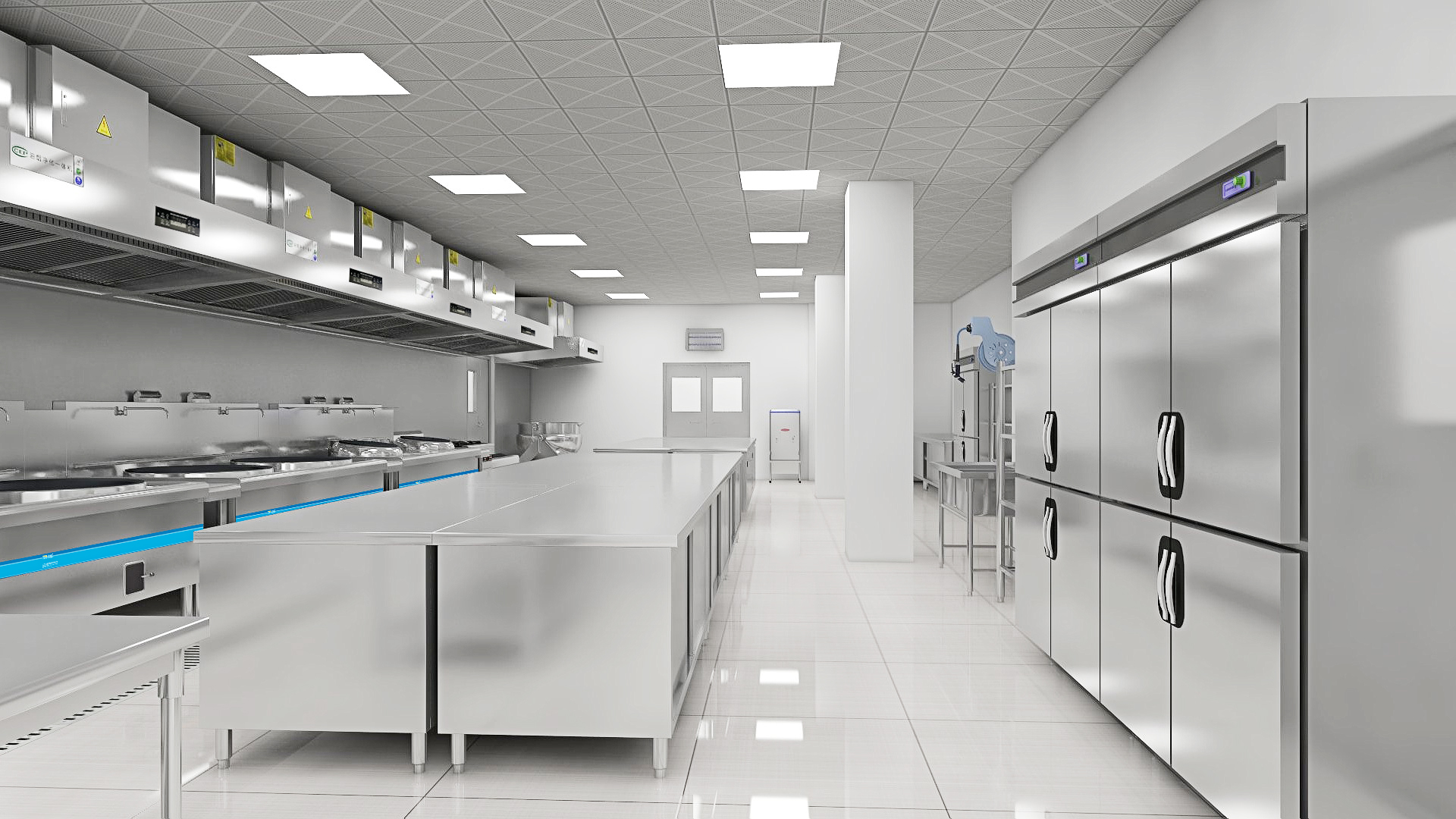 Home
Home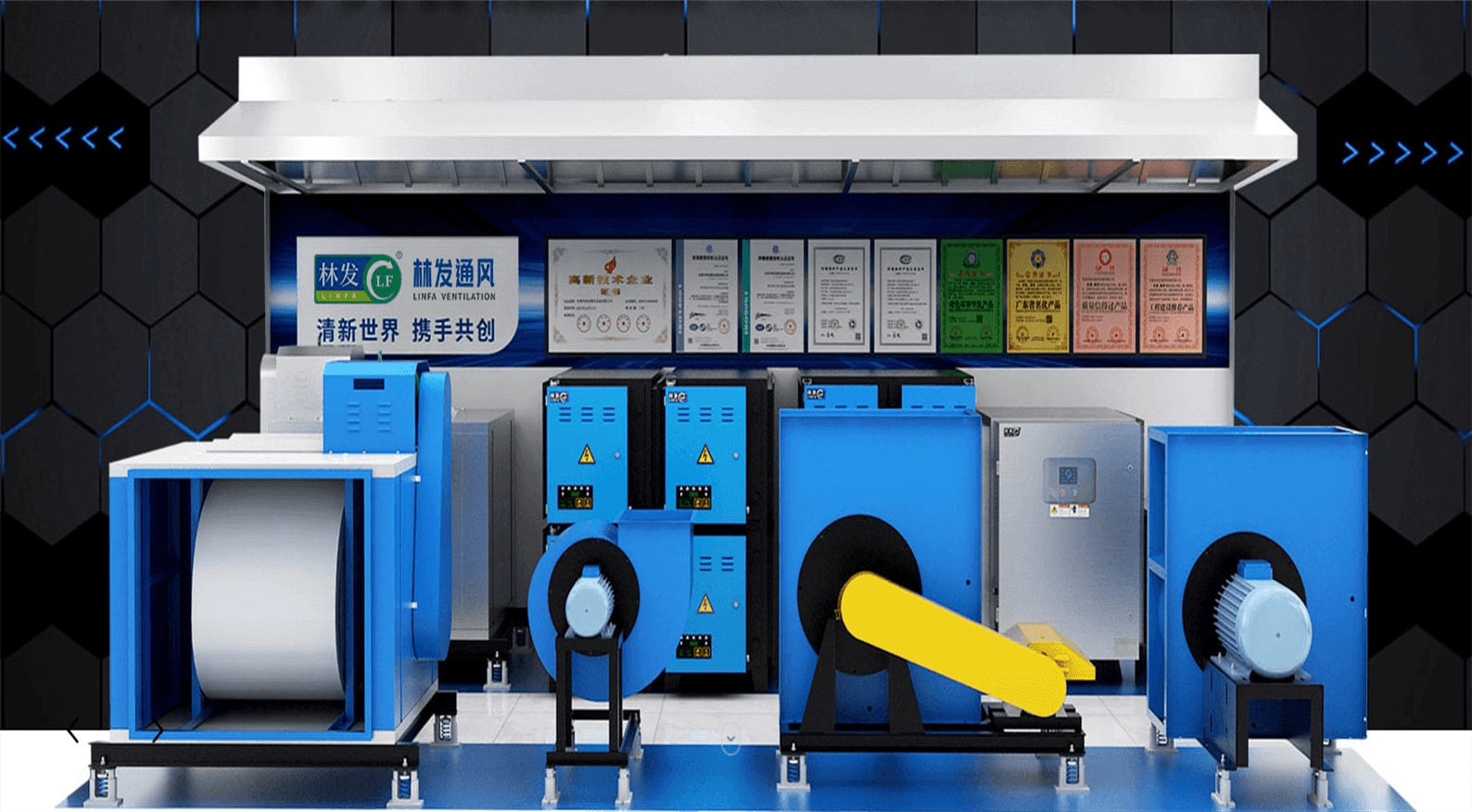 Commercial Ventilation Equipment
Commercial Ventilation Equipment Commercial Electrostatic Precipitator
Commercial Electrostatic Precipitator Commercial Kitchen ESP Hood
Commercial Kitchen ESP Hood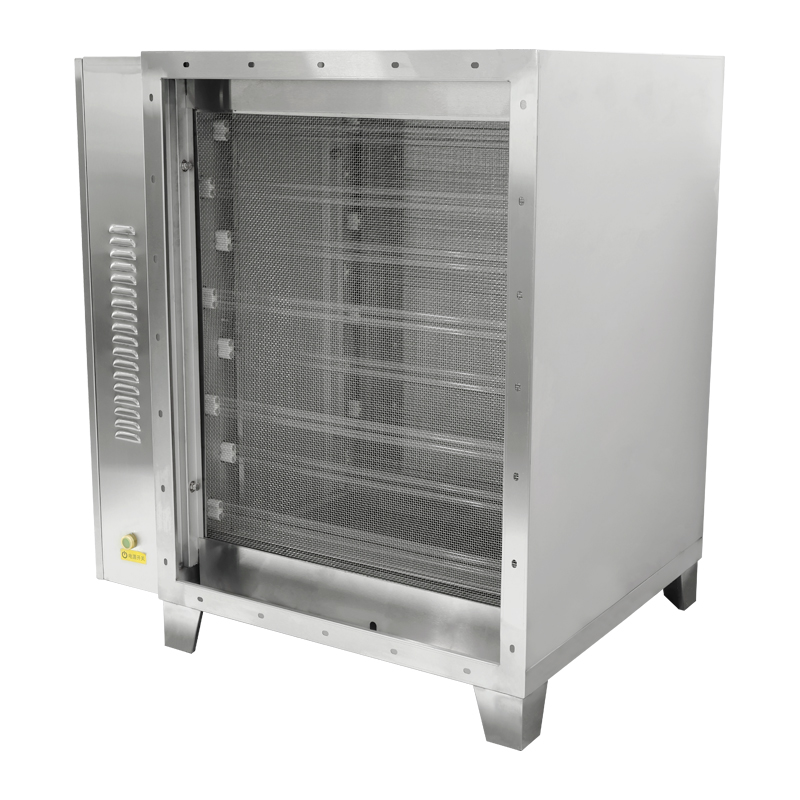 UV Deodorate Purifier
UV Deodorate Purifier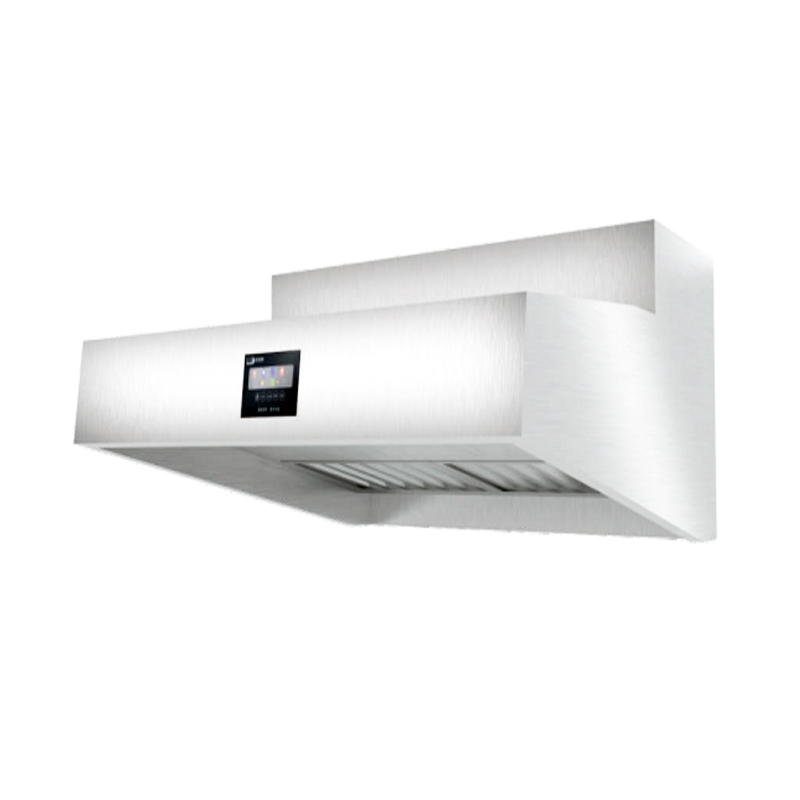 II Commercial Exhaust Hood
II Commercial Exhaust Hood Commercial ESP Range Hood
Commercial ESP Range Hood